Barry Renshaw has been an active part of the British comics scene for just over 20 years. During that time, he’s been an artist, writer, editor, micro-publisher, designer and advocate of the power of comics, both as a storytelling medium and for their wider benefits to society, particularly in terms of education. He’s also been a champion of the small press and indie comics scene.
In this interview, he sat down with Matt Badham to chat about the welcome return of his critically acclaimed fanzine on comics and comics culture, REDEYE, launching at the Thought Bubble Comics Festival in Harrogate this coming weekend.
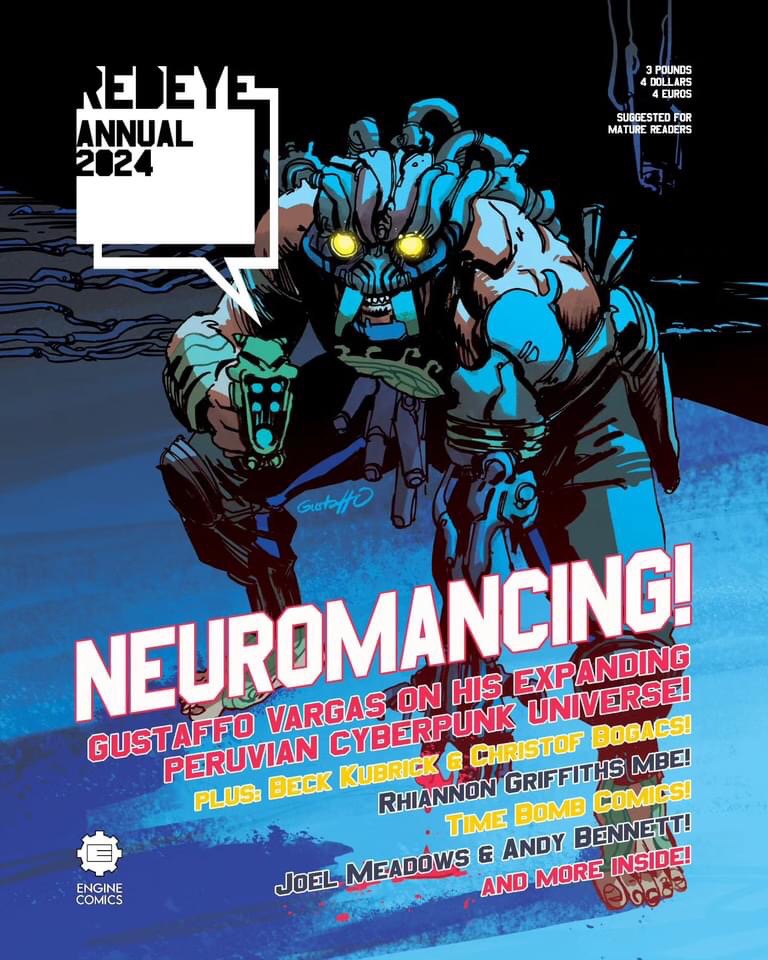
Please tell us a little about REDEYE and its history.
REDEYE was born from a desire in the early 2000s to see a news and reviews magazine focusing on the exploding small press scene. Until I went to conventions in Bristol and London, I hadn’t realised how many people were self-publishing, and it was inspiring. I was sure there were even more who didn’t exhibit at cons.
I was a big fan of trade newspaper Comics International at the time, and I wanted to see something that informative and critical of mainstream US and UK comics applied to the small press. I thought it would be beneficial to creators, not just in terms of raising profiles and sales, but to encourage them to keep going and develop. I had done the Rough Guide to Self-Publishing previously, with contributions from other creators I had come to know, so the idea was forming then.
One night in a Bristol hotel bar in 2002, after the convention, I sat with friends and made a thirty something point list of what I wanted to see. With REDEYE, I think I only achieved up to number five. With help from the other members of Accent UK at the time, Colin Mathieson, Leon Hewitt and Dave West, I pulled together the first issue. I was using Microsoft publisher at the time, and it was really not designed to deal with a picture heavy magazine, so there were many long and frustrating nights at the computer trying to get it done. It was a small run of 50 copies initially so the unit cost was always the same as or more than the cover price. And that was before I took into account postage, conventions, retailer percentages, and freebies.
Between 2003 and 2006, REDEYE was funded primarily by credit cards, [which was] clearly not the most clever of business strategies. It became a heavy square-bound magazine with issue 6, with a flip cover and an extended preview of a Top Shelf title, so it ended on a high at least. I experimented with a pdf version in 2009, following in the footsteps of Borderline Magazine, but being a new stay-at-home dad with irregular income meant I had to put it to rest for a time.
Why have you decided to relaunch REDEYE and are you making back issues available?
I will be making back issues available. Unfortunately, I don’t have all of them myself, but they’ll be scans of the original magazine and available as pdfs, added as I get them done and uploaded to Gumroad. For issue 1.6 and issue 2.1, they already exist as PDFs as I was using better software then.
Reasons for bringing it back: to be honest, I had a long period of time where I lost my motivation to be involved in comics, bar the odd convention. My free time was taken up by other low paying illustration work, like licensed sketch cards etc, around soul-destroying day jobs. For the past seven years I’ve had a table with the offspring (now 15) and I was content to let them do their own comics and engage with people, while I sketched and caught up with old friends.
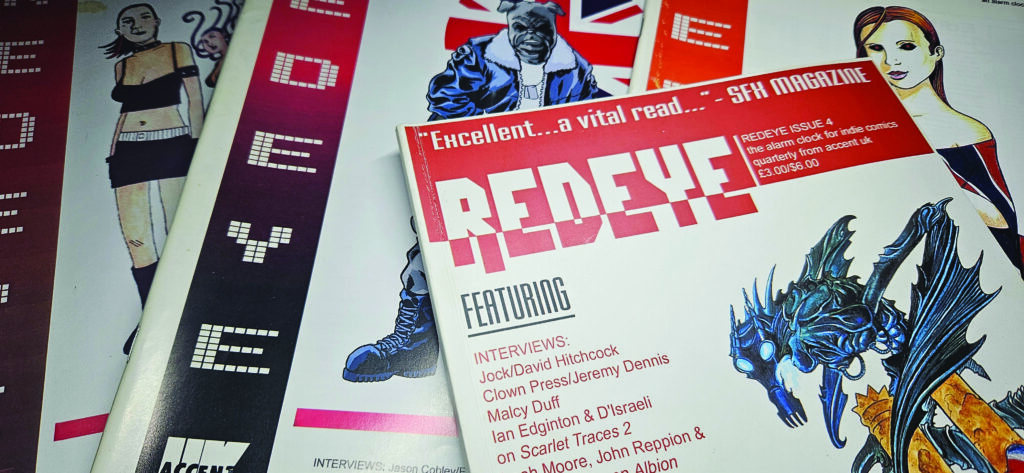
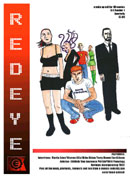

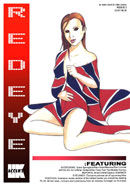

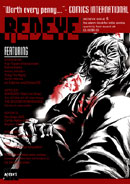

I had a lot of projects in folders I had put to one side, but as Ace [said offspring] developed their comic-making abilities and I saw the growing numbers of ever more professional work available at Thought Bubble, I felt the need again to get involved again, to highlight it all, or at least acknowledge the diversity available. Working also as the artist on Lytton, the launch series from Cutaway Comics, helped me reignite my interest.
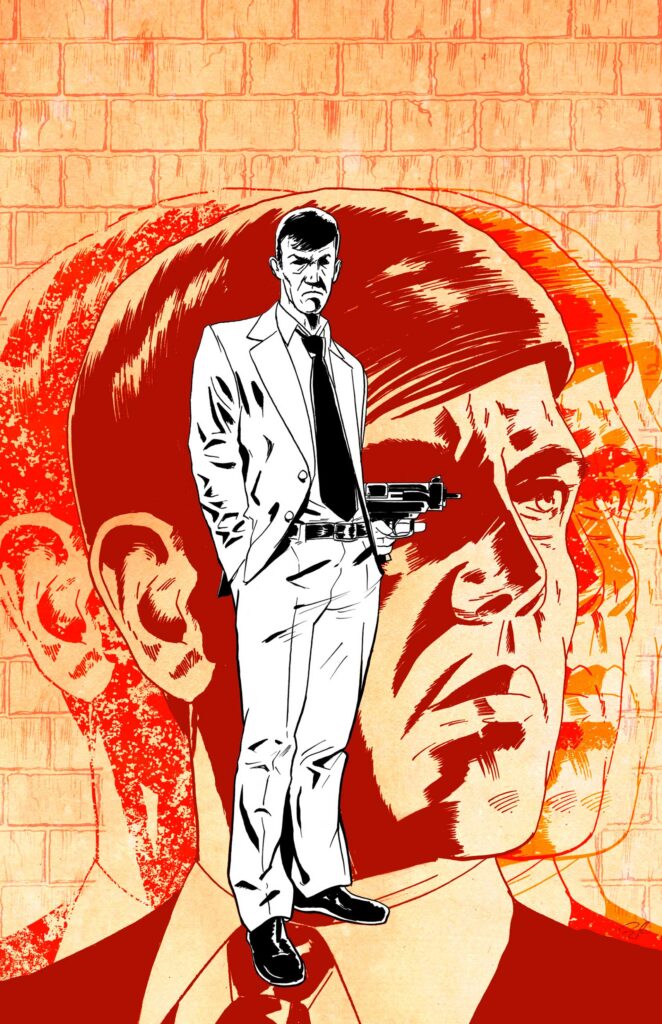
While there obviously have been other comic news/review magazines released since 2009, most were only really covering mainstream publishers still, or were nostalgic in focus. I wasn’t seeing what REDEYE was doing back in the old days, though sites like Broken Frontier and Down the Tubes have been great resources championing the indie press. In the interim I worked as production editor and designer on other magazines like Comics International and Multiverse. Now I have the benefit of better software, more professional design and illustration experience, and better finances to step back into it.
What’s in the new annual and how much does it cost?
The Annual is a reintroduction really – so it has a big news round-up section, preview pages of upcoming titles from other creators, and interviews with Gustaffo Vargas; Joel Meadows and Andy Bennett; Rhiannon Griffiths MBE from Comics Youth; Time Bomb Comics chiefs Steve Tanner, Dave West and David Morris; and Beck Kubrick and Christof Bogacs. Sixty full colour pages in total.
I had more material but that will be put into the next issue, 3.1 out in March 24. This issue and future issues will be kept to £3, which is what it was back in 2006.
That seems cheap! What’s the thinking behind your business model?
I really think these days the price of comics and magazines are too high.
I understand with less circulation you need to increase the price to make up the shortfall, but there is a ceiling for what people are reasonably going to pay. There is a flaw in using an outdated distribution and print model in this age, which I think needs to be addressed soon to ensure comic shops can survive long term. My only criticism of the new wave of indie publishers is that sometimes they go too big too soon: 200-page graphic novels for £25 and so on. It’s not as though the work is not worth the money; it’s more the commitment and investment you’re asking a new customer to make. It’s more reasonable to break that graphic novel into more manageable chapters and offer a lower entry point.
I know there is work being done behind the scenes with The Comics Cultural Impact Collective to motivate some systemic changes in the industry – creators rights, fair pay, funding, protection against AI, etc, and I do think it is coming, but it’s a small industry with a lot of people, shops, publishers, creators just getting by and that can’t be healthy. It really does need to change. Personally, as Engine Comics is a very small operation, as long as I can keep the unit cost of the things I publish below the cover price then I’m good.
If people aren’t at Thought Bubble, where it will make its debut, where can they get a copy?
They can order a print (while stocks last) or pdf copy from the enginecomics.com website.
What else is going on for Engine Comics?
I have a few series planned.
Currently I’m working on an eldritch horror set during the Roman occupation of Britain with writer Troy Martin, called Aphelion: The Rise of Calvus. I’ll have a black and white preview ashcan ready at Thought Bubble with the first fully painted issue out in December. It will be a five issue series.
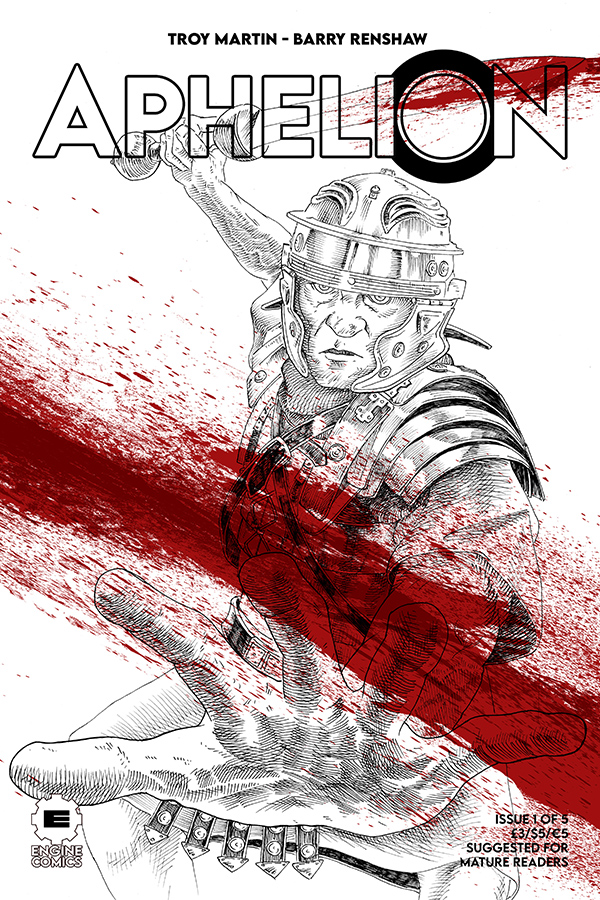

And Ace is continuing their own written and illustrated spy thriller called Run which is into its second issue, again out at Thought Bubble. Next year I have a few other things planned, including REDEYE, so we’ll see how it all goes.
Barry, thank you very much for your time and the very best of luck with the return of REDEYE, and your many other projects
Matt Badham is a freelance writer. His work has appeared in the Judge Dredd Megazine, 2000AD and Big Issue in the North.
Categories: British Comics, British Comics - Current British Publishers, Comic Creator Interviews, Comics, Creating Comics, downthetubes Comics News, Features
 Creating Comics: Alec Worley and Dani talk “Black Beth”, Rebellion’s new sword and sorcery special
Creating Comics: Alec Worley and Dani talk “Black Beth”, Rebellion’s new sword and sorcery special